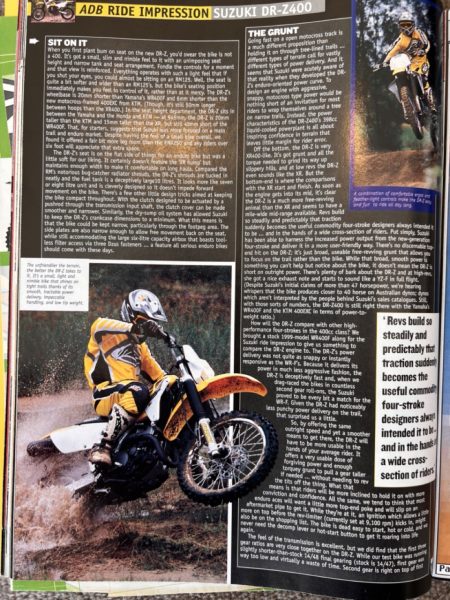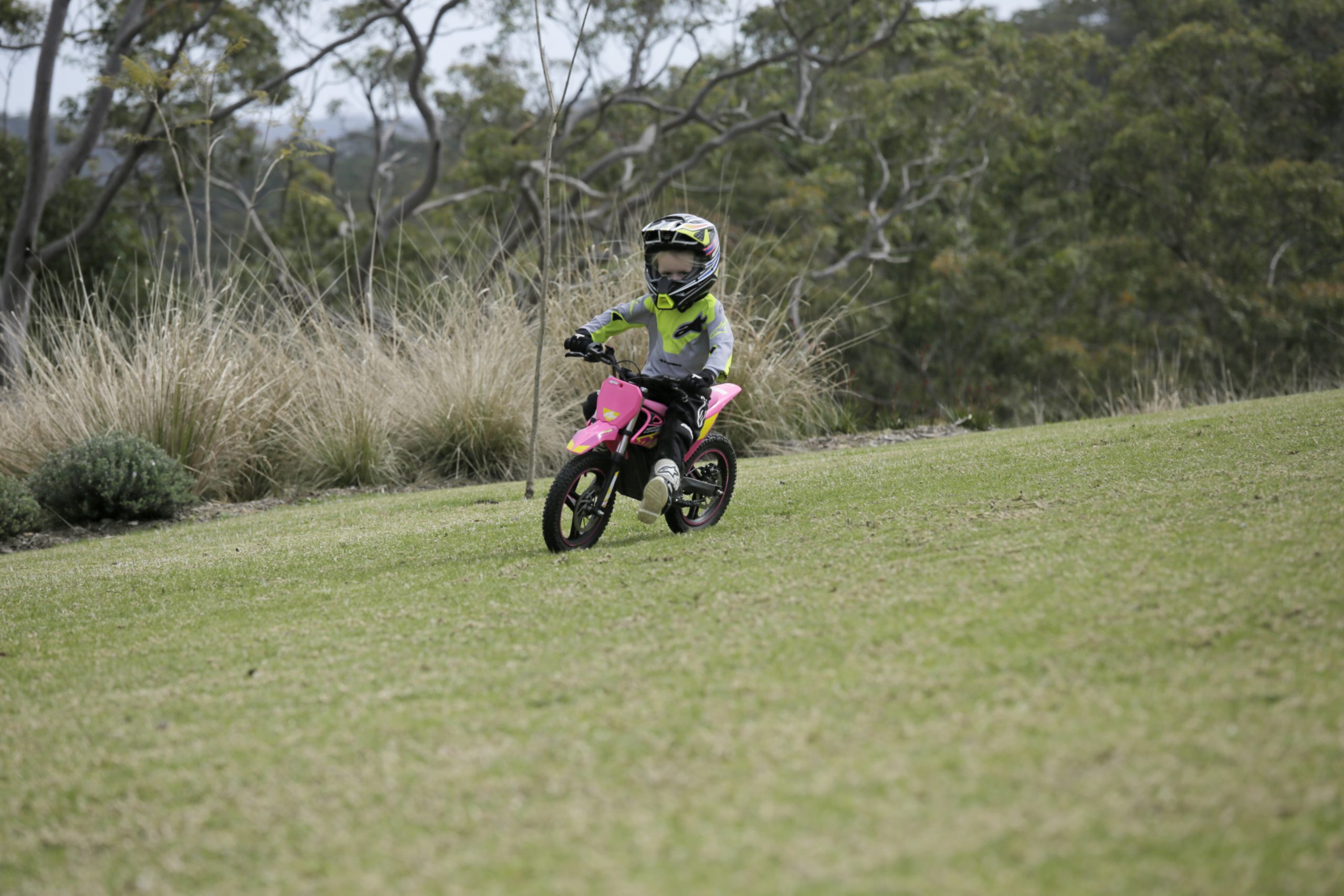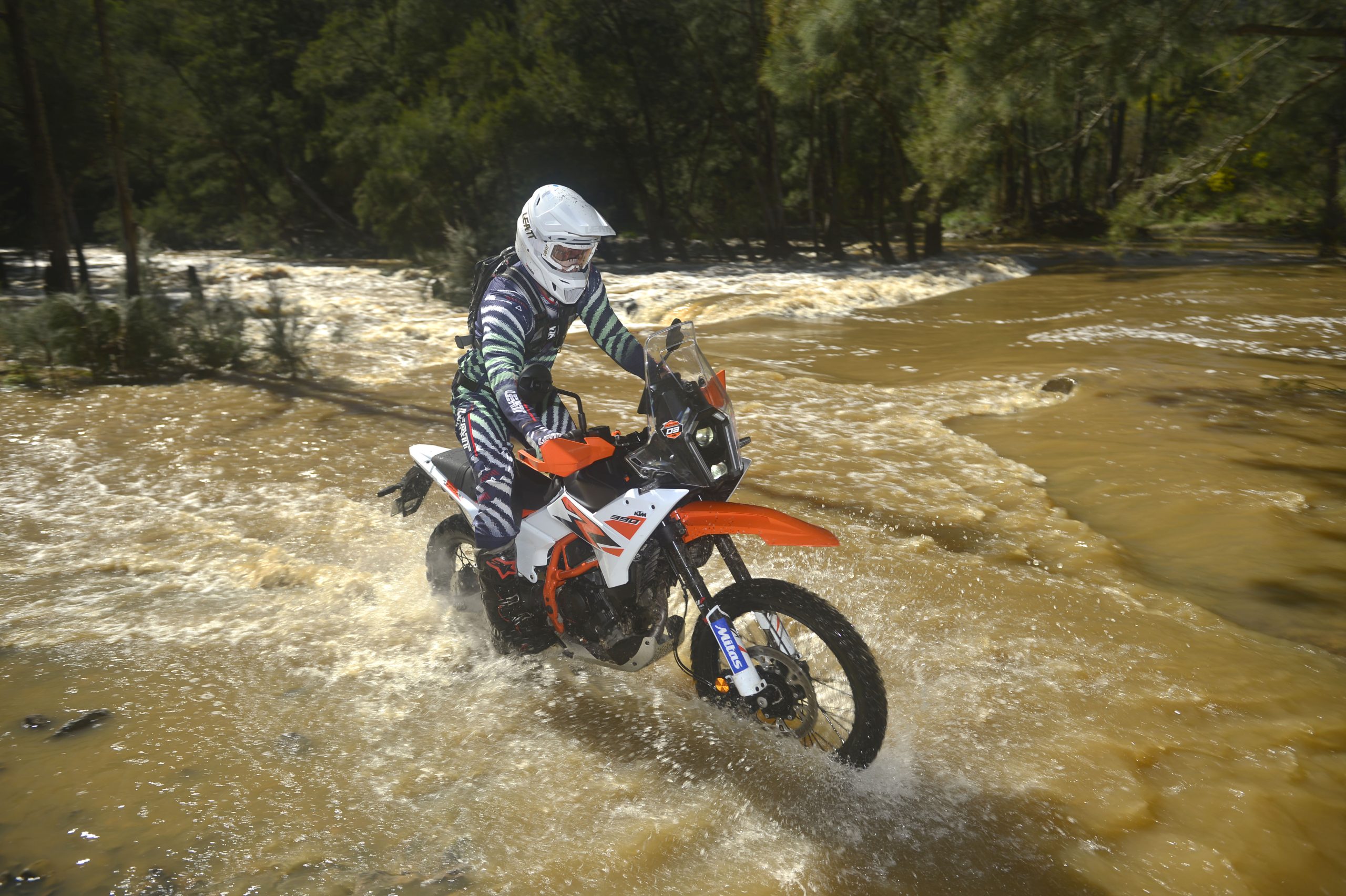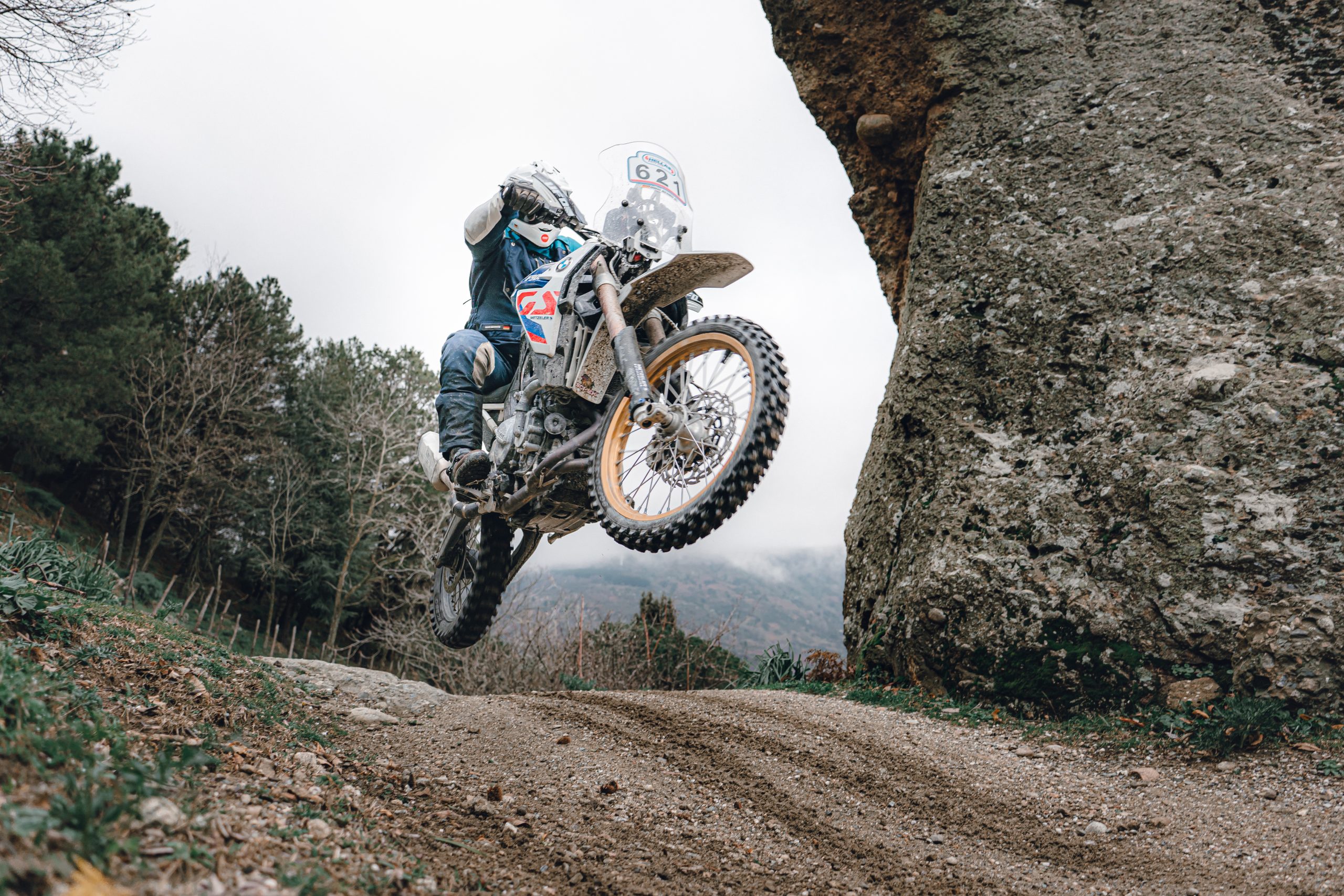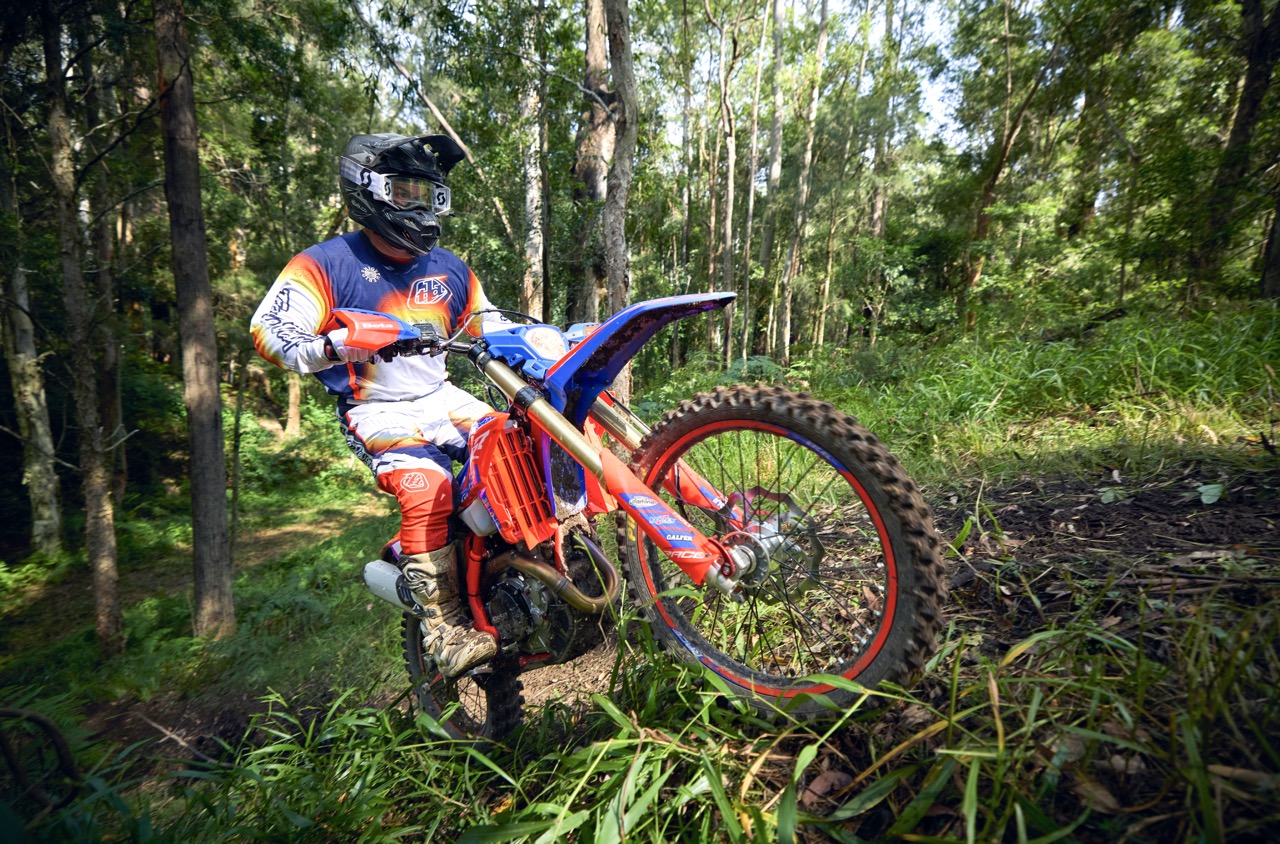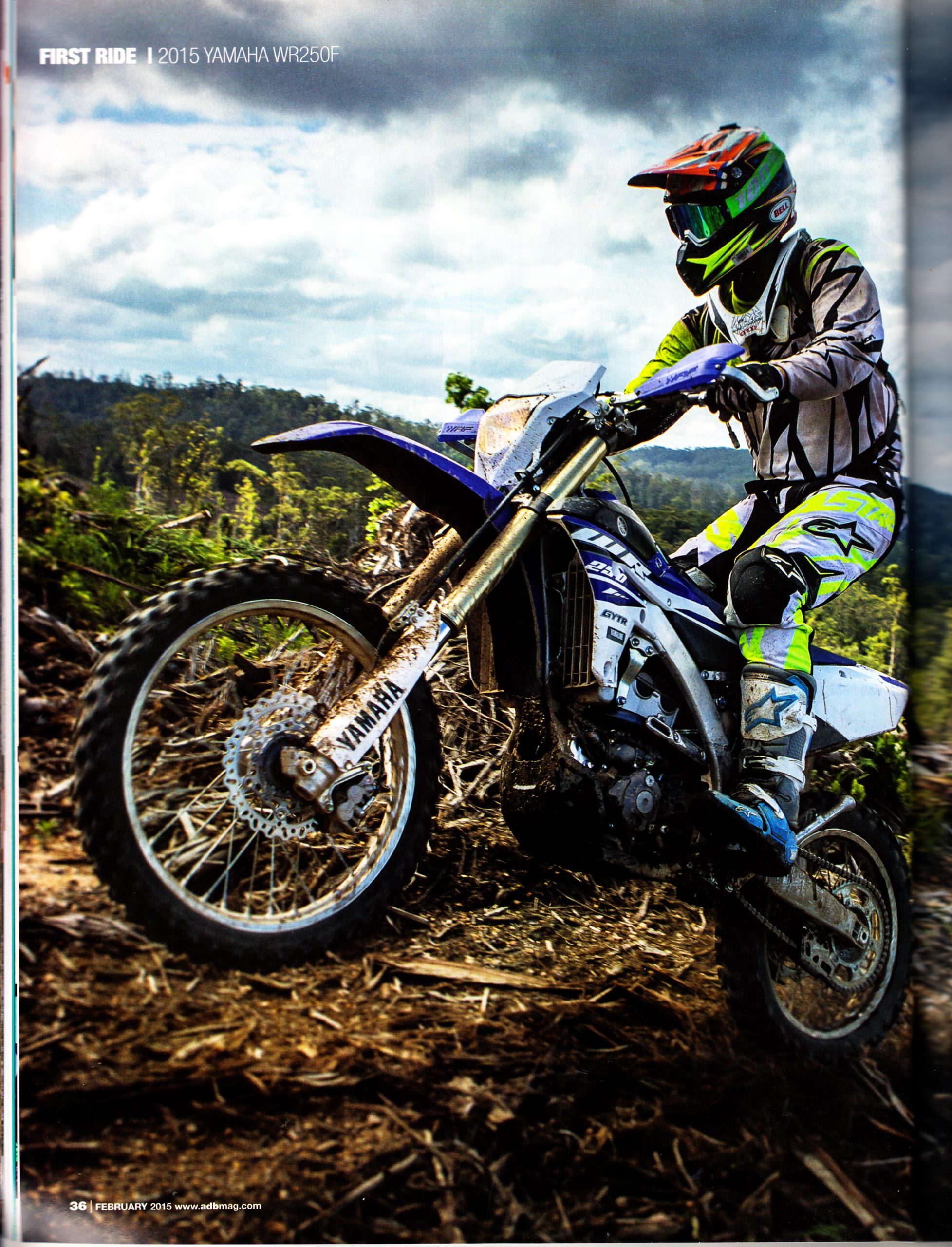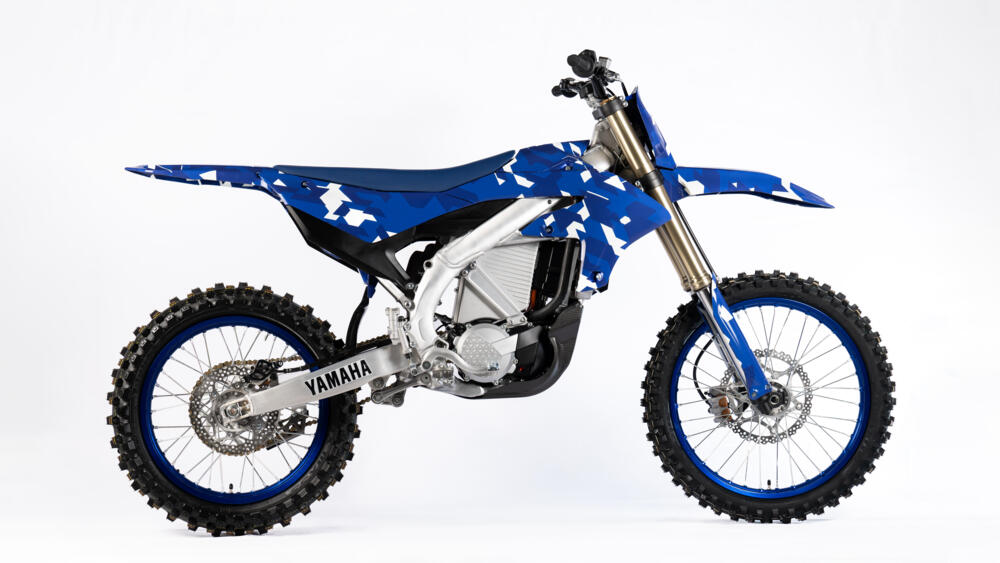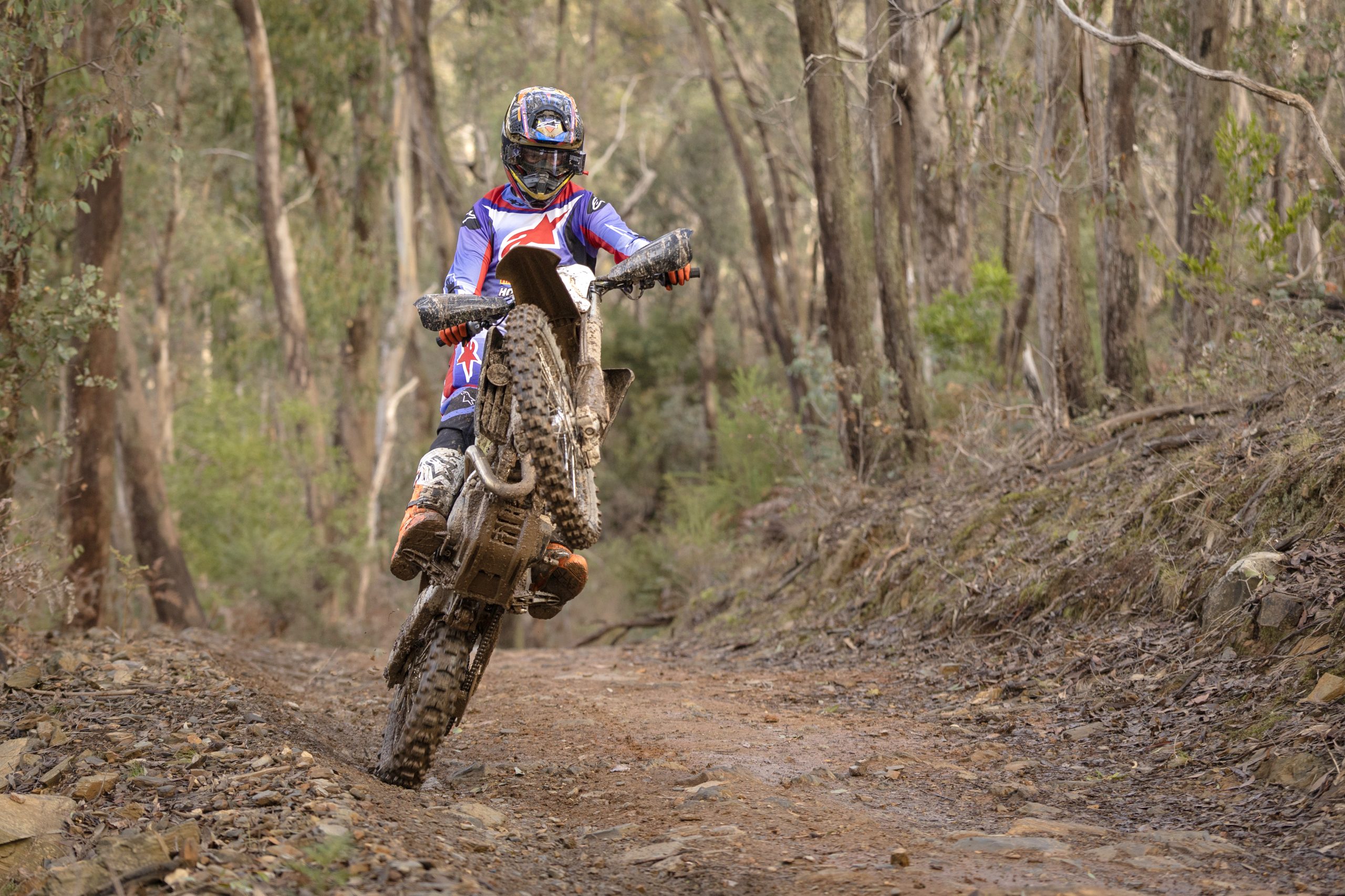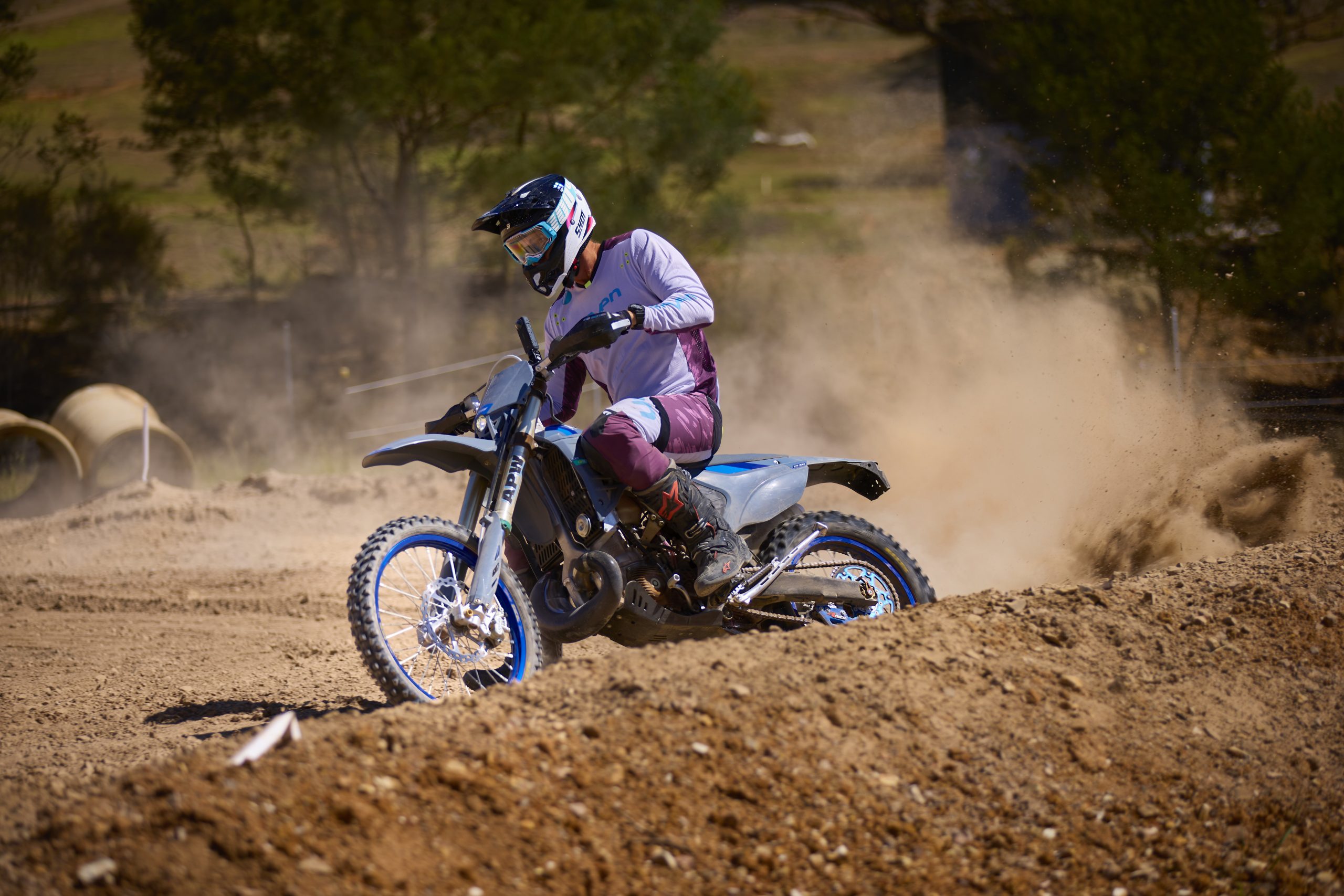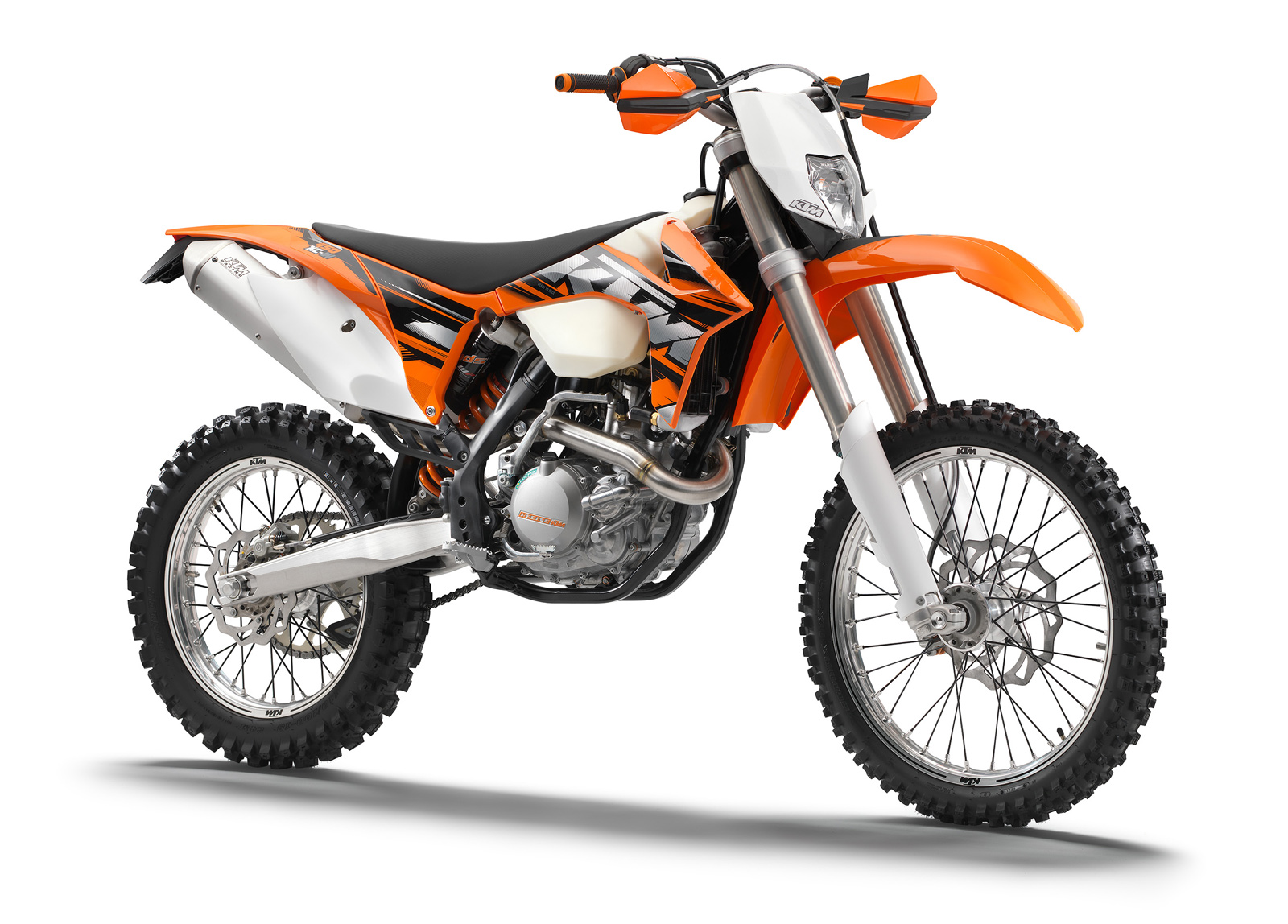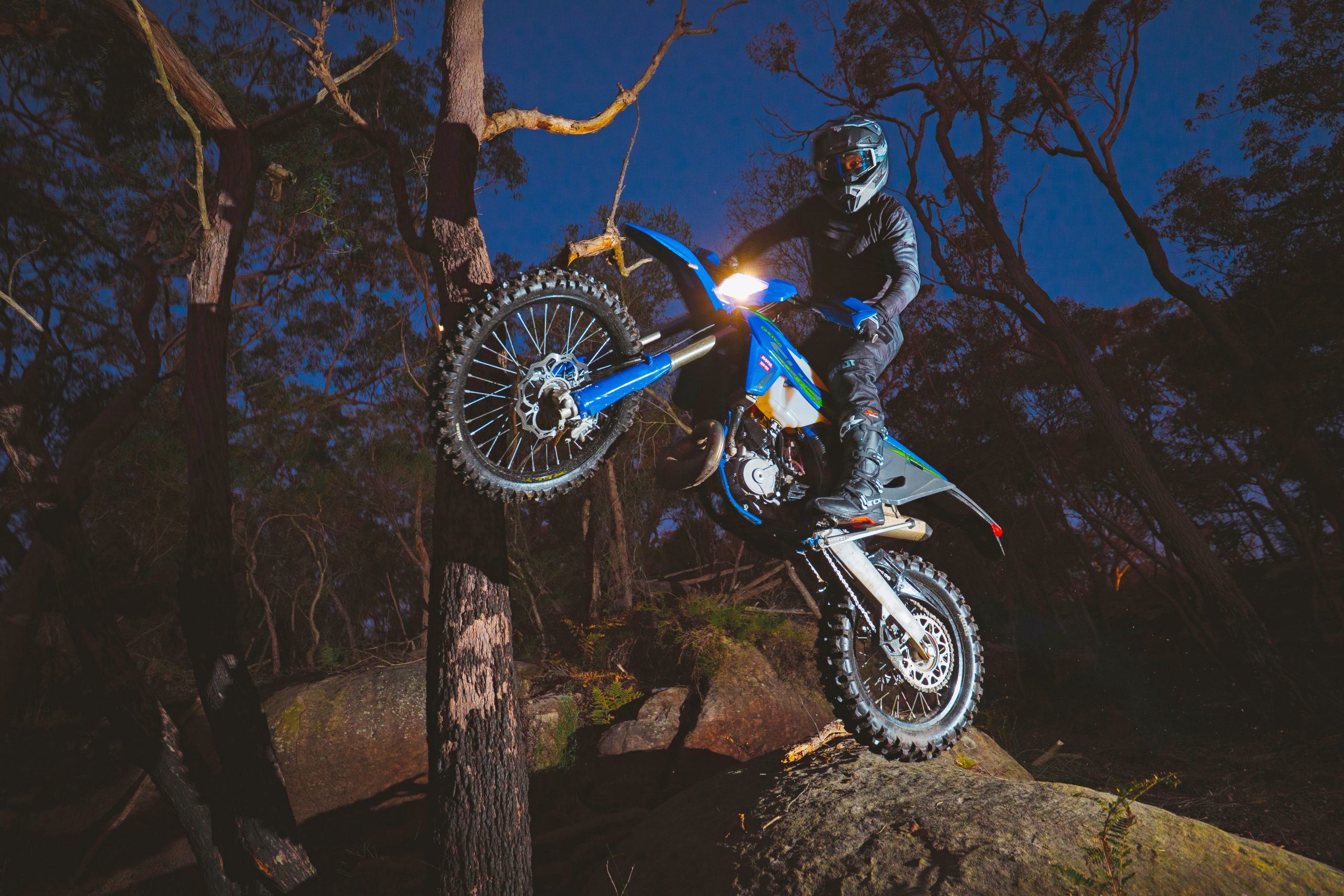WHAT: 2000 Suzuki DR-Z400
WHEN: February 2000, Issue 245
PURPOSE: Trail/Enduro
HOW MUCH: $9290
We got our hands on a pre-production kickstart-only model 2000 Suzuki DR-Z400, the logical successor to the popular DR350, for the February 2000 issue. The electric-start DR-Z400E model was due in March and differed not only in the electric start but the addition of ADR-compliant components that added an extra 6kg to the weight. The new 400 borrowed a swag of bits from the 1999 RM range such as levers, hubs, wheels, brakes, footpegs and swingarm linkage to make it competitive in the market segment.
When first throwing a leg over to check the fit, the initial impression was of it being small and light almost like a RM125 but with a softer seat. The tape measure revealed a wheelbase which was 20mm shorter than a WR400F, and 6mm less than the 400EXC from KTM, but 50mm longer than the XR400. The seat height at 945mm was taller than both the Honda and KTM by 15mm and 20mm respectively but 45mm less than the Yamaha. At 10 litres the tank was larger than it looked and the bike was slim between the ’pegs due to a dry sump design and the narrow side plates allowed free movement backwards.
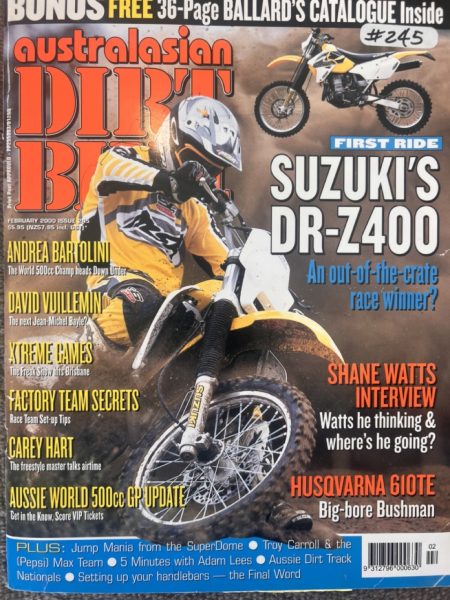
The new liquid-cooled 398cc engine delivered its claimed 47hp (35kW) in a controllable way with plenty of torque off the bottom to grind up steep snotty hills similar to the XR Honda but was more free-revving in the midrange with no discernible top-end hit. It was said in the test that “the revs built so readily and predictably that traction suddenly becomes the useful commodity that four-stroke designers always intended it to be”. It was run side by side with a stock 1999 WR400F in a number of second gear roll-ons for comparison purposes and despite the WR having a snappier and more responsive power delivery the 2000 Suzuki DR-Z400 proved to be every bit a match. Starting was easy and the hot-start button and decompression lever were not needed, both of which were not fitted to the electric start model.
Air filter access was completely tool free with three Dzus fasteners opening the cover of the six-litre airbox with a simple spring clip retaining the filter. The long header pipe was a possible area of vulnerability but was necessary to the broad power delivery. Gearbox feel was good but the first three gears were very close together with first too low, making second the choice for really tight bush and third the most workable choice for ruts, snotty hills and open sections of trail.
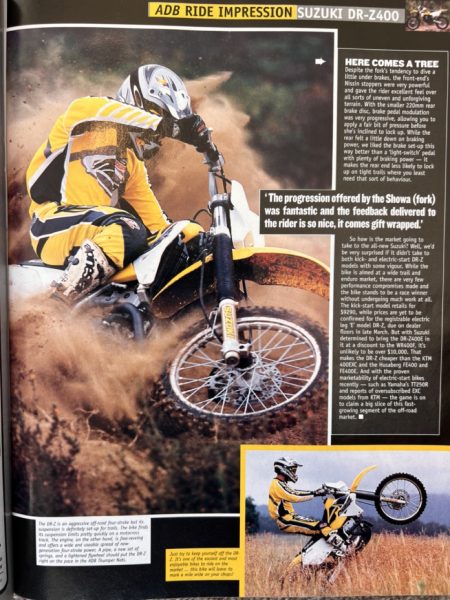
The suspension was regarded by our test riders as the best out-of-the-crate trail package they’d ever tested. The 49mm Showa fork was the conventional cartridge type and it was said the valving was near perfect being plush over small obstacles and soaking up bigger hits mostly without bottoming. It was mentioned that the fork rode low in the stroke though, tending to tuck under in deep turns under heavy braking. It was suggested that short of upping the spring rate that preload spacers and a little more oil height could be the answer.
The Showa rear shock was equally impressive in its performance, keeping the bike tracking right where it was aimed, but was also judged to be a little low riding in the stroke giving ground clearance issues. At 325mm the 2000 Suzuki DR-Z400 had 25mm more than the XR under the engine but 50mm less than the WR and KTM, which could make a difference in serious competition such as an A4DE rut fest. Despite that, the fact that the 2000 Suzuki DR-Z400 is still selling 25 years later says that Suzuki pretty much got things right.
